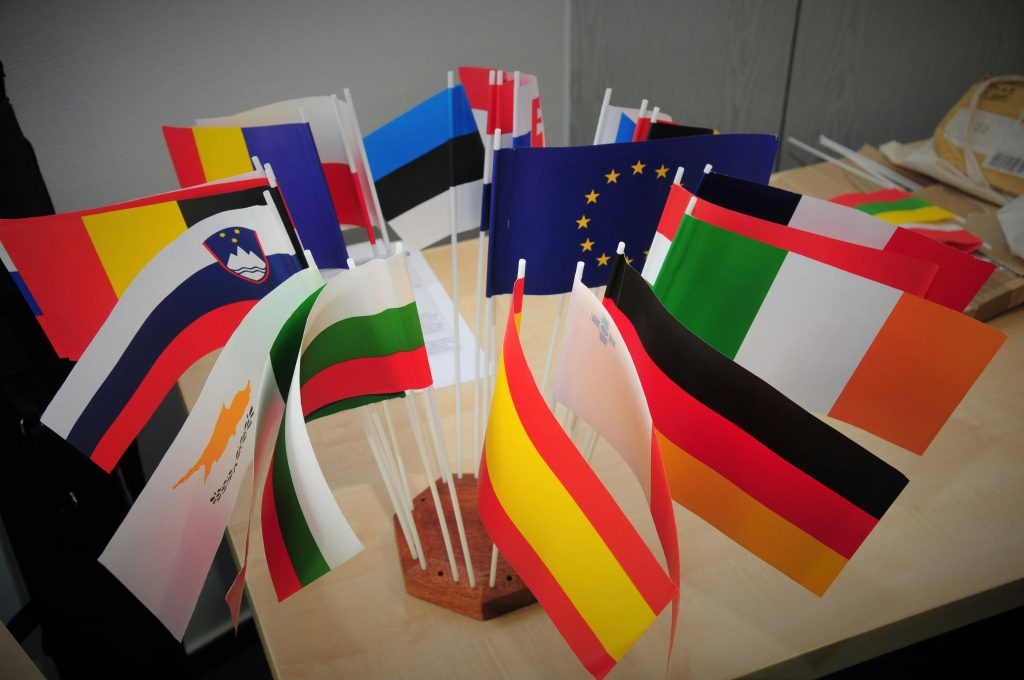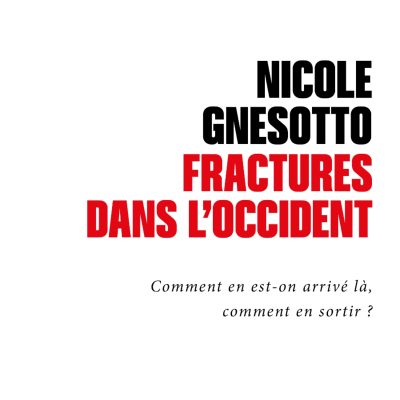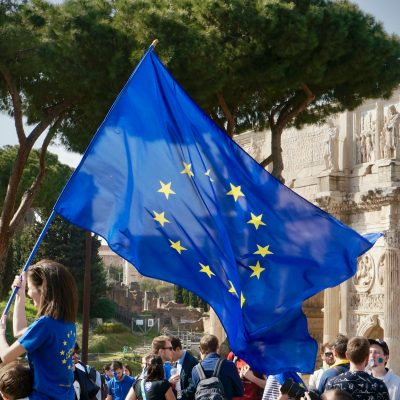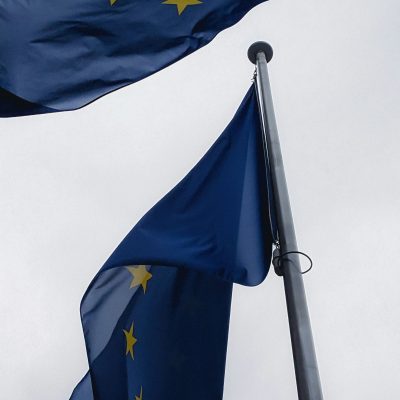The federalist approach or the quest for a new form of European federalism
In old nation states such as Great Britain and France, federalism often conjures up images of extreme centralisation, even though this form of political organisation owes its existence above all to the desire to preserve the autonomy and diversity of the federated entities. To inform observers of the major debate on the future of Europe that will follow in the wake of the Treaty of Nice, we thought it would be useful to take stock of the contribution of federalist thinking to European integration.

Federalism has always been a fundamental reference point and source of inspiration for European integration. From Robert Schuman to Joschka Fischer, many politicians have called for a move towards a federal form of organisation for Europe. And yet rarely has a concept been so misunderstood: in old nation states such as Great Britain and France, federalism often conjures up images of extreme centralisation, even though this form of political organisation owes its existence above all to the desire to preserve the autonomy and diversity of the federated entities.
In order to enlighten observers of the major debate on the future of Europe that will follow in the wake of the Treaty of Nice, we felt it would be useful to take stock of the contribution of federalist thinking to European integration.
Professor Dusan Sidjanski’s study has the great merit of highlighting the many facets of the concept. It rightly emphasises how many aspects of the European institutional edifice resemble federal systems, whether in terms of submission to common rules or the search for a fair balance between large and small states.
It also shows the great variety of these systems, which strive to meet relatively diverse functional needs. At the risk of exaggerating, one would almost be tempted to say that there are as many federalisms as there are federal systems.
This is an important lesson for all those who wish to reflect on the future of Europe, in my view. As an unprecedented political undertaking, European integration requires innovation: it cannot be cast in any pre-established mould, nor can it reproduce a previous model. On the other hand, reflection can only benefit from a careful analysis of the structures that have sought to achieve a synthesis between unity and diversity. At a time when the long-awaited reunification of the European continent is looming, the need for such reflection seems undeniable. May the following pages contribute to enriching the debates to come.





